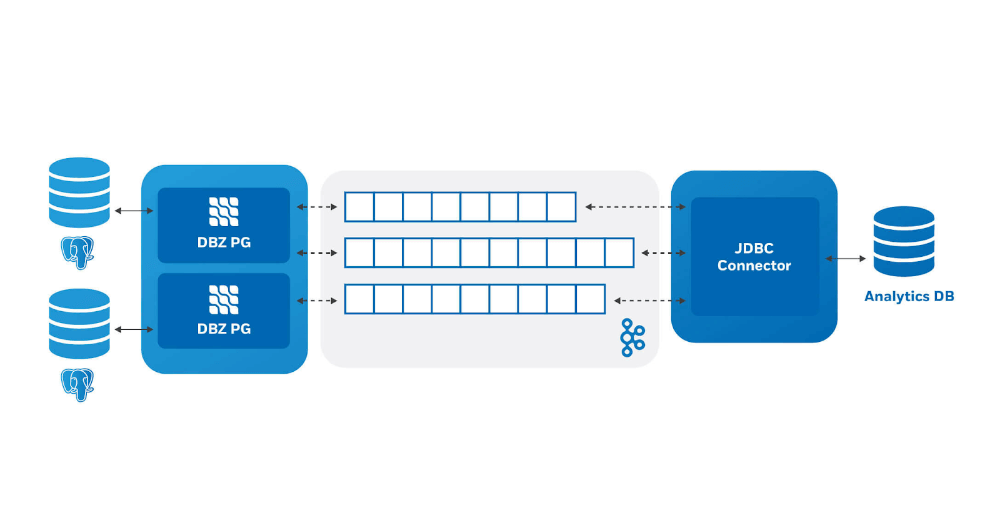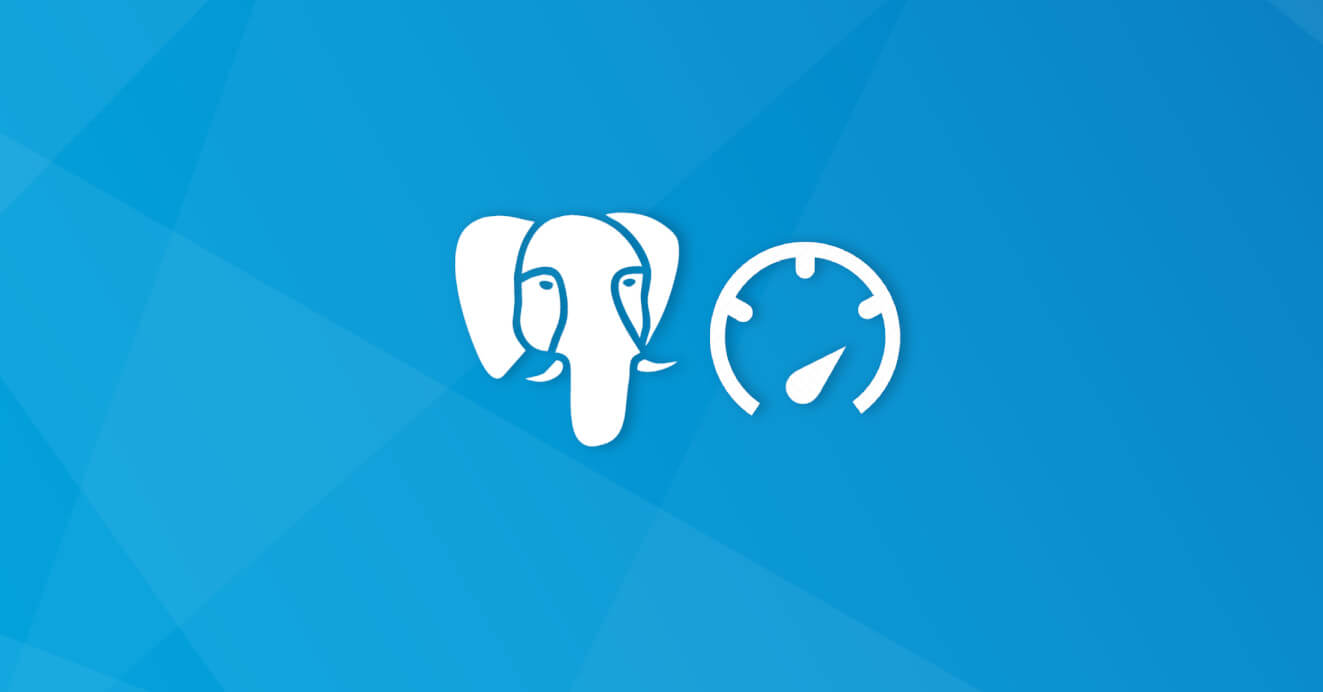Posts about Production Postgres
How To Simplify pgBouncer Monitoring with pgbouncer_fdw
In order to more easily monitor PgBouncer, the team at Crunchy Data developed an open source PgBouncer Foreign Data Wrapper (pgbouncer_fdw).
5 min readHow to Perform a Major Version Upgrade Using pg_upgrade in PostgreSQL
Tested methods for upgrading PostgreSQL software from one major release to another with the least amount of headache.
4 min readHope Is Not A Strategy: How Hardware Issues Affect Your PostgreSQL Data
Learn how the HPE SSD issues can impact your PostgreSQL data, and what strategies you can take to protect your data.
3 min readHow To Get Started with pgBackRest and PostgreSQL 12
With the recent release of PostgreSQL 12, pgBackRest also received a number of updates and changes to take advantage of the latest features of Postgres.
10 min readPostgreSQL Change Data Capture With Debezium
A step-by-step guide for how to setup PostgreSQL change data capture with Debezium and Apache Kafka
10 min readJust Upgrade: How PostgreSQL 12 Can Improve Your Performance
Just upgrade and take advantage of performance improvements in PostgreSQL 12.
8 min readHow To Correct and Identify Indexes Affected by the GNU C 2.28 Update
Version 2.28 (release notes) of the GNU C library introduces many changes to the collations it provides. Collations determine how strings are compared and by default, PostgreSQL uses the operating system’s collations which on Linux means glibC. When your operating system updates to this version of glibc and you aren't using the “C” or “POSIX” collation, you may encounter some differently ordered indexes. This unexpected change in the order of indexes will lead to incorrectly ordered query results and possible data corruption. Currently, the following distributions are affected:
3 min readPostgreSQL Zero to Hero: Getting Started with RPMs -Part 1
One of the most important things to using PostgreSQL successfully in your development and production environments is simply getting started! One of the most popular ways to install PostgreSQL is by using RPM packages. This guide demonstrates how you can get PostgreSQL up and running with RPMs!
5 min readHow to setup Windows Active Directory with PostgreSQL GSSAPI Kerberos Authentication
PostgreSQL provides a many authentications methods to allow you to pick the one that makes the most sense for your environment. This guide will show you how to use your Windows Active Directory to authenticate to PostgreSQL via GSSAPI Kerberos authentication.
5 min readpgBackRest - Performing Backups on a Standby Cluster
Disaster recovery and backup tools like pgBackRest help ensure the high-availability of PostgreSQL, but there are cases where you do not want run them on your primary, such as due to I/O constraints or archiving a replica in another data center. This guide shows how to run pgBackRest with a replica.
14 min readPostgreSQL Deep Dive: How Your Data Model Affects Storage
Your PostgreSQL data model directly affects how much data is stored on disk. Additionally, your ingest rate and retention could affect whether you require 10TB or 100TB of storage! This deep dive can help you save orders of magnitude of disk space before using sharding or other distributed models.
16 min readManaging Transaction ID Exhaustion (Wraparound) in PostgreSQL
Learn how to prevent transaction ID wraparound in PostgreSQL through some simple monitoring and prevent TXID wraparound from ever becoming a problem!
9 min readA Guide to Building an Active-Active PostgreSQL Cluster
A guide to building an active-active PostgreSQL cluster to help meet high-availability requirements of keeping your PostgreSQL database always up and available
14 min readPerforming a Major PostgreSQL Upgrade with pg_dumpall
For most major upgrades using a utility such as pg_upgrade or a replication tool such as pglogical will be the best solution. However if these options are not available, pg_dumpall can be used to safely perform a major upgrade of your PostgreSQL database.
2 min readTroubleshooting PostgreSQL Streaming Replication Synchronization
A practical guide to detecting if your PostgreSQL replicas are out-of-sync and how to restore them efficiently without a base backup.
9 min readUpgrading PostgreSQL from 9.4 to 10.3 with pglogical
Here is a case study for how to efficiently upgrade major versions of PostgreSQL with almost zero-downtime using pglogical
6 min readChecking for PostgreSQL Bloat
This blog post discusses the pgstattuple contrib module with regards to getting an accurate assessment of bloat in your PostgreSQL environment.
13 min readpgAudit: Auditing Database Operations Part 2
A discussion of how to configure pgAudit to use an auditing role to watch only specific objects. This is helpful when managing or supporting PostgreSQL installations.
4 min readpgAudit: Auditing Database Operations Part 1
Using pgAudit for enhanced logging and auditing of PostgreSQL
5 min readpgBackRest - Reliable PostgreSQL Backup & Restore
Learn about pgBackRest, and open source tool for performing PostgreSQL backup and restore in an efficient and effective way.
5 min read























